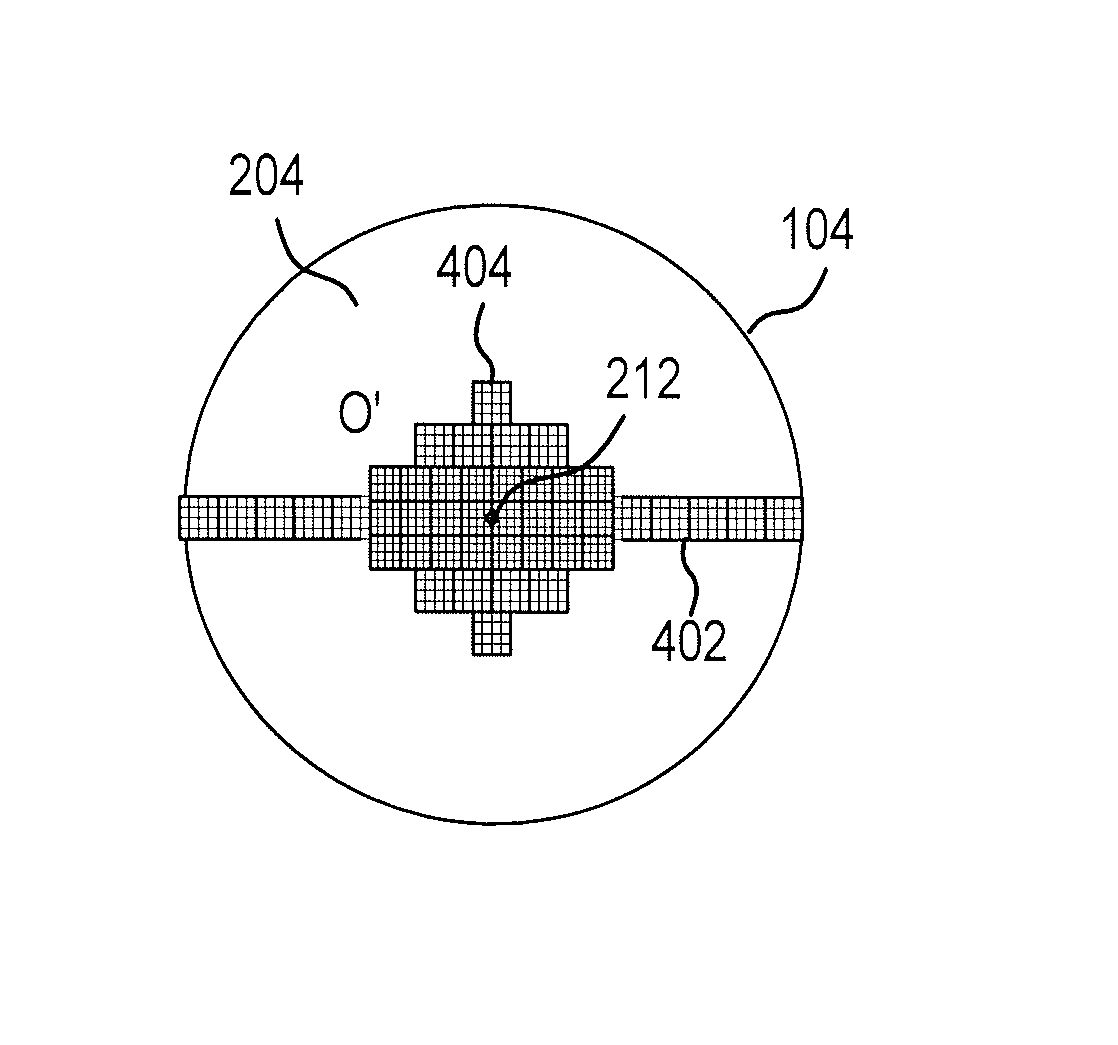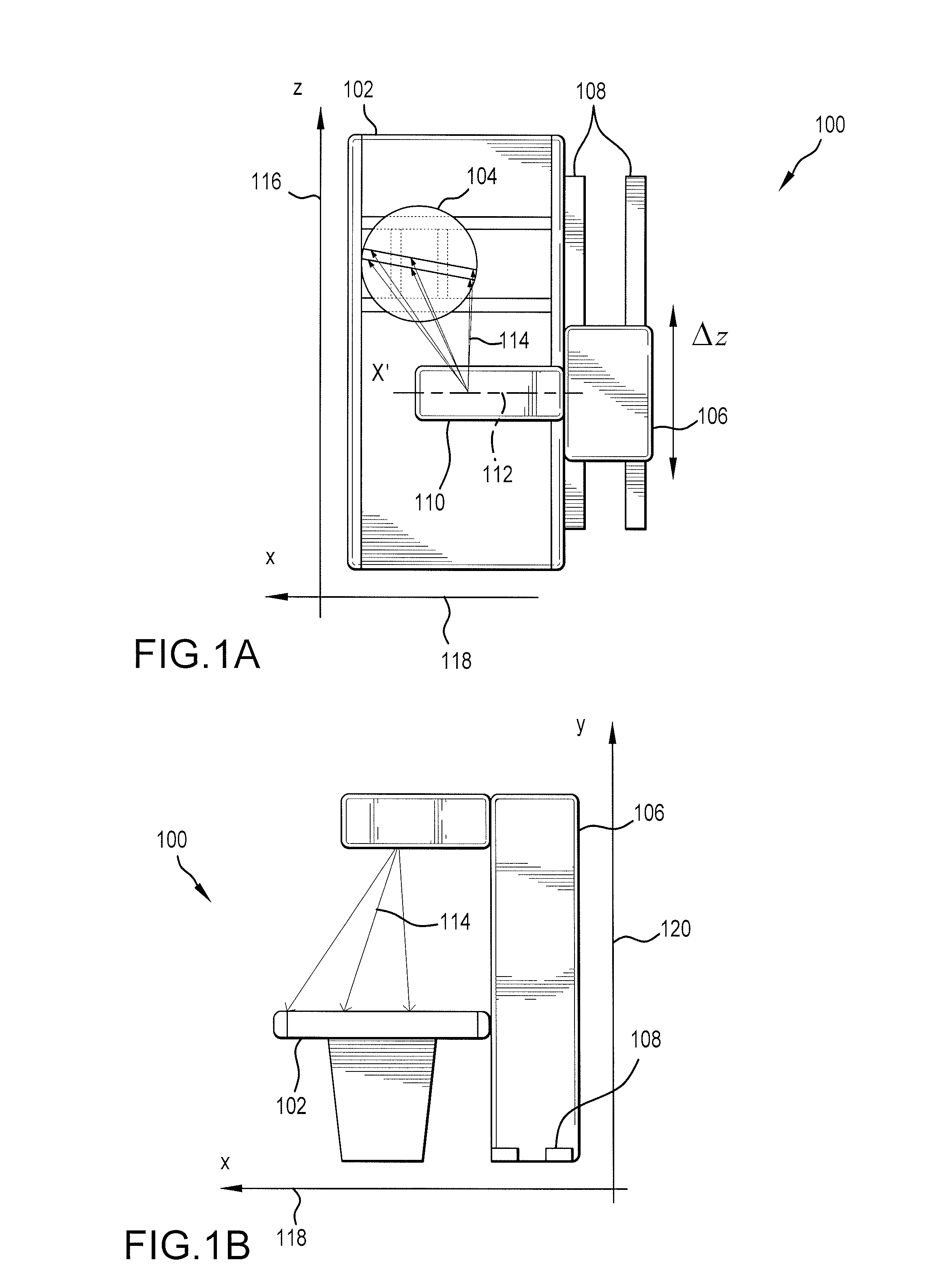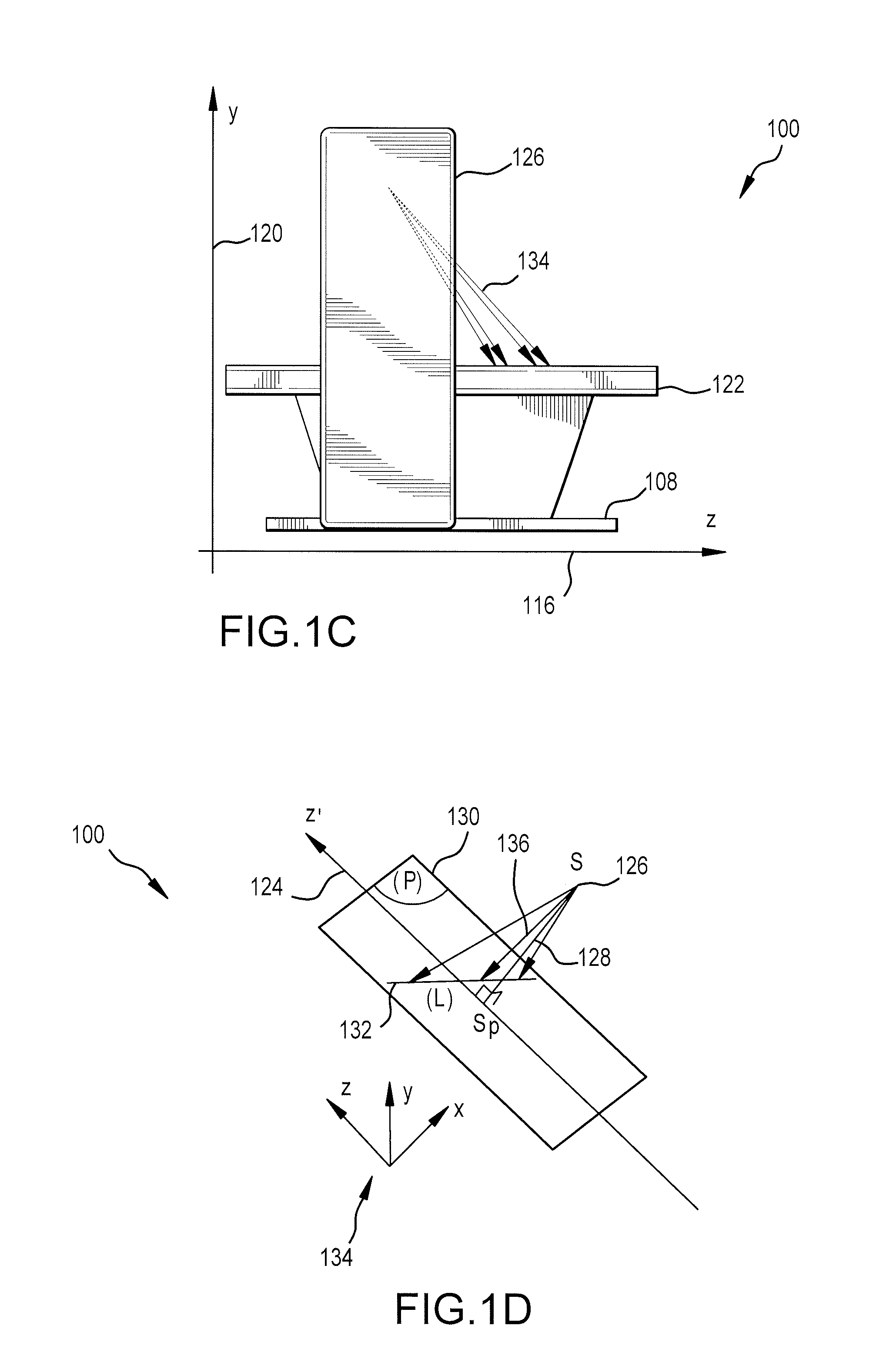System for dynamic low dose x-ray imaging
a dynamic, low-dose technology, applied in the field of x-ray imaging, can solve the problems of not solving the problem of high subject and attendant dosage, the limitations of prior art interventional imaging, and the inability to achieve real-time guidance of surgery, so as to facilitate real-time tracking and low-dose imaging.
- Summary
- Abstract
- Description
- Claims
- Application Information
AI Technical Summary
Benefits of technology
Problems solved by technology
Method used
Image
Examples
Embodiment Construction
[0043]Before proceeding with the detailed description, it should be noted that the matter contained in the following description and / or shown in the accompanying drawings may be embodied in various forms, and should therefore be interpreted as illustrative, and not in a limiting sense. Elements shown in the drawings are not necessarily to scale and may be exaggerated, enlarged or simplified, to facilitate understanding of the invention. The system implementation according to the various shown embodiments is amenable to automated controls. These may use circuitry including a controller or driver to interface with a computer. Processing may be accomplished using one or more processing units operably coupled with memory and data storage devices. System operations may be governed by program instructions and / or circuitry. Actuation, as described below, may be accomplished under motive force provided by step motors that are governed by these controls, where such motors are operably couple...
PUM
 Login to View More
Login to View More Abstract
Description
Claims
Application Information
 Login to View More
Login to View More - R&D
- Intellectual Property
- Life Sciences
- Materials
- Tech Scout
- Unparalleled Data Quality
- Higher Quality Content
- 60% Fewer Hallucinations
Browse by: Latest US Patents, China's latest patents, Technical Efficacy Thesaurus, Application Domain, Technology Topic, Popular Technical Reports.
© 2025 PatSnap. All rights reserved.Legal|Privacy policy|Modern Slavery Act Transparency Statement|Sitemap|About US| Contact US: help@patsnap.com



